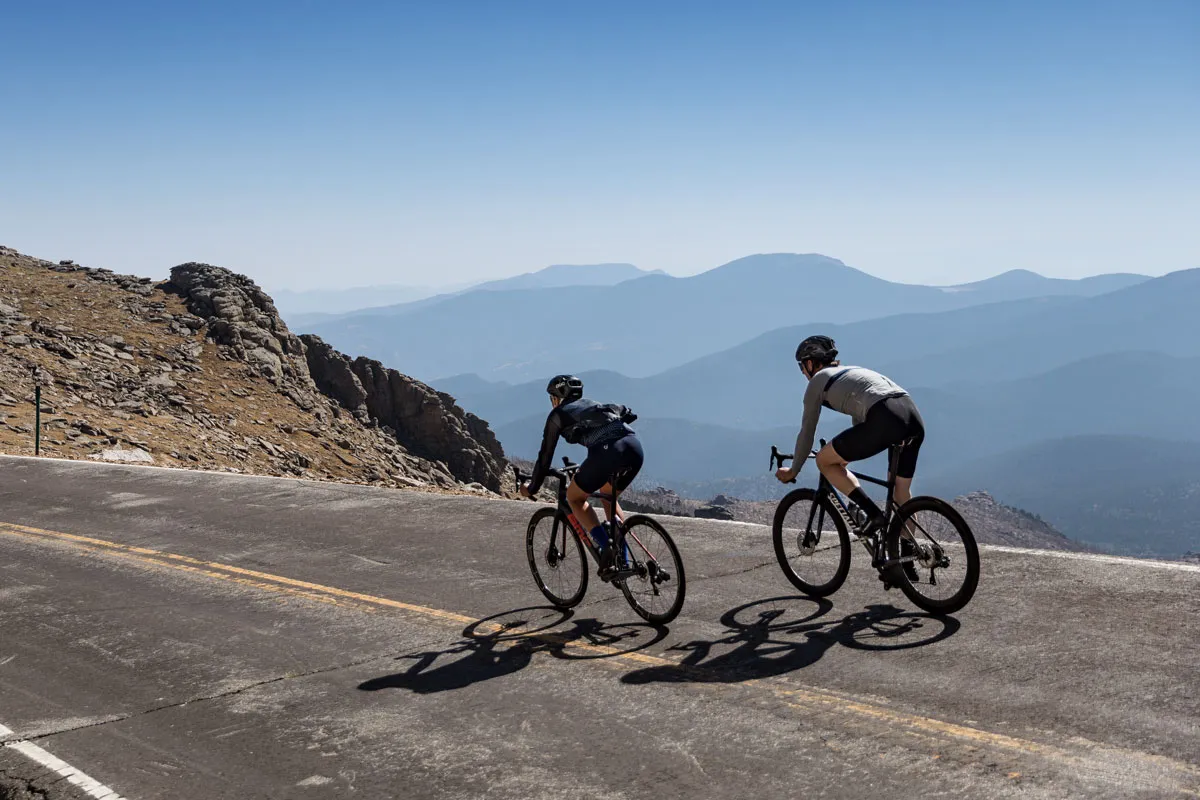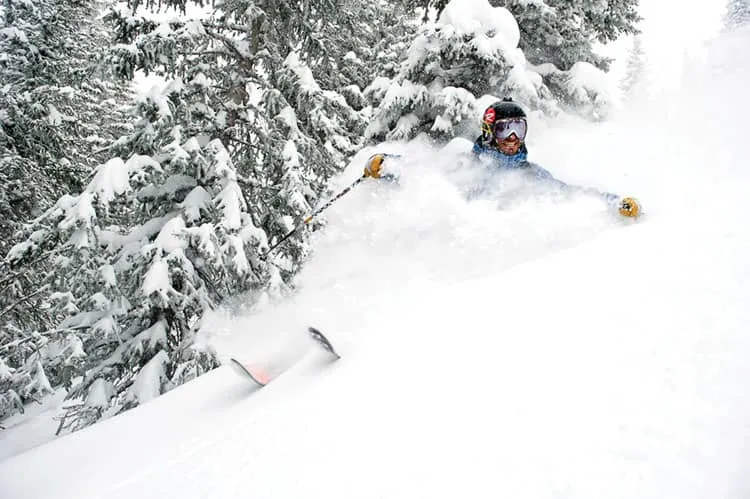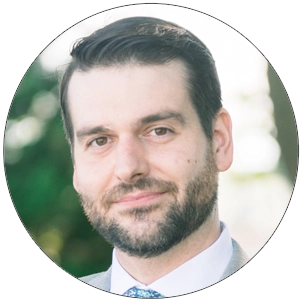‘Unprecedented’: A look back at 2020s Colorado wildfires

Ray Caraway was feeling overly confident.
The former CEO of the Community Foundation of Northern Colorado had been evacuated from his home in Larimer County’s Redstone Canyon due to wildfires several times before with no ill effects.
His luck ran out in 2020, a summer that saw huge swaths of Northern Colorado and the Boulder Valley scorched by wildfires west of Fort Collins and Boulder.
Caraway’s home burned to the ground in October.
Thankfully for Caraway and his family, no one was hurt.
In fact, a month earlier Caraway had left Northern Colorado for a new job in New Mexico leading the JF Maddox Foundation.…
THIS ARTICLE IS FOR SUBSCRIBERS ONLY
Continue reading for less than $3 per week!
Get a month of award-winning local business news, trends and insights
Access award-winning content today!




